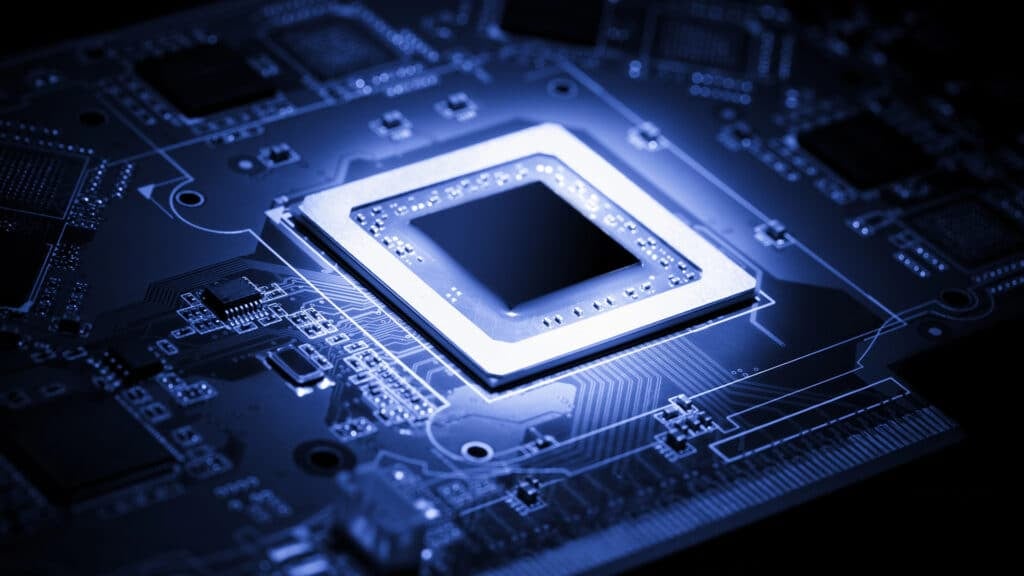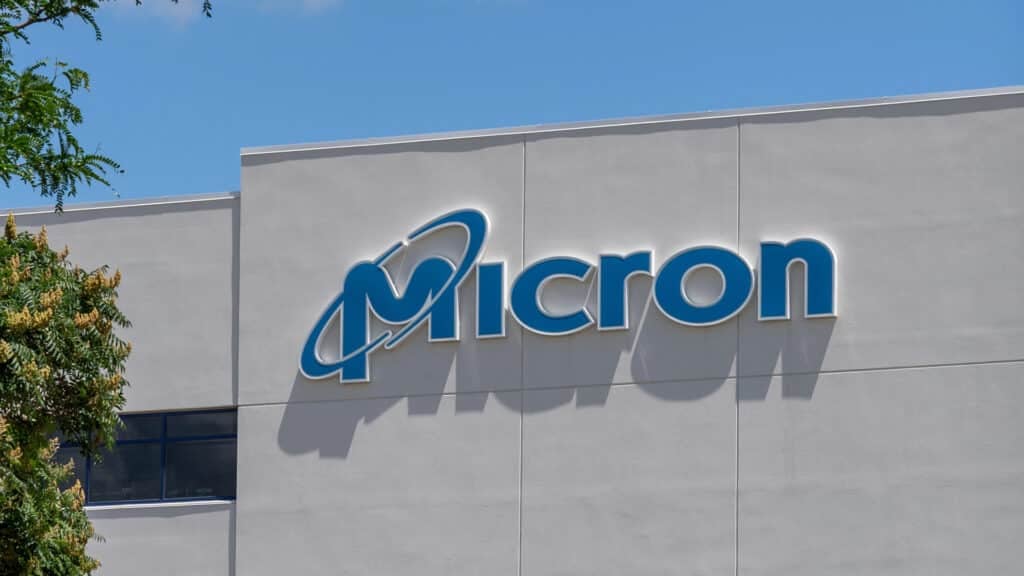In this vignette of The 5G Factor, Ron Westfall and Todd Weiss discuss why they see recent Nokia’s fiber optics portfolio moves, highlighted at the Fiber Connect 2023 event, are integral to 5G network builds
and innovation. The discussion highlighted:
Nokia Driving Key PON-related 5G/Small Cell Innovations. The Fiber Connect 2023 event at Orlando in August 2023 fully showed why fiber optics plays an essential role in 5G network builds and capabilities. Nokia, for instance, demonstrated its Build America, Buy America (BABA) compliance, 25G PON starter kit aimed at 10Gbp+ service opportunities, its Corteca home connectivity software aimed at monetizing and improving broadband experiences such as hybrid workforce environments, expanded its Network-in-a-box program, and strengthened its manufacturing presence in the US through deals with Sanmina inWisconsin and Fabrinet in California. We discuss why these moves impact the 5G ecosystem, including Nokia’s 100G PON collaboration with Vodafone.
Watch The 5G Factor show here:
Or, you can watch the full episode here, and while you’re there, subscribe to our YouTube channel.
Listen to the full episode here:
If you’ve not yet subscribed to The 5G Factor, hit the ‘subscribe’ button while you’re there and you won’t miss an episode.
Disclaimer: The Futurum Tech Webcast is for information and entertainment purposes only. Over the course of this webcast, we may talk about companies that are publicly traded and we may even reference that fact and their equity share price, but please do not take anything that we say as a recommendation about what you should do with your investment dollars. We are not investment advisors and we ask that you do not treat us as such.
Transcript:
Ron Westfall: At that event, Nokia, I believe, stood out. For example, Nokia demonstrated that it’s compliant with BABA, that is Buy America, Build America requirements that when Congress passed some of the recent funding bills for digital demand reduction, for example, that is looking at ways to meet underserved or unserved markets with broadband builds. And so definitely, they’re interested in having products that are built in the US to meet these US broadband demands. That’s only natural.
But in addition to that, Nokia introduced a 25G PON starter kit that’s aimed at 10-gig-plus service opportunities. Also, they unveiled its Corteca home connectivity software aimed at monetizing and improving the overall broadband experience. This is particularly relevant, for example, to hybrid workforce environments. Now that more and more people are working from home, clearly, the organizations need to have not only high-speed connections to the home that is now part of their workforce, but also have security assurance and so forth built in. This is where fiber can make a huge difference.
Also, they expanded their network-in-a-box program and also strengthen their existing manufacturing presence in the US through deals with Sanmina in Wisconsin as well as Fabrinet in California. And so that’s a lot right there, but in addition to that, Todd, what do you see Nokia doing to really up their fiber game when it comes to 5G builds?
Todd R. Weiss: Well, those are great points, but Nokia and Vodafone began, in 2021, to trial PON technology, passive optical network. This delivers record speeds of up to a hundred gigabits a second on a single PON wavelength. This is 40 times faster than widely deployed gigabit PON technology and 10 times faster than the most widely-advanced fiber networks in operation today. That’s a giant jump. That’s a giant performance jump. So this trial, to me, shows that there are no limits to fiber networks. The amount of performance that we’re going to get out of these, I don’t think there’s any limit to it. It’s just going to keep getting better and faster. Their huge capacity-
Ron Westfall: Oh. Yeah.
Todd R. Weiss: Yeah. Their huge capacity potential and wide availability can transform fiber into a unifying infrastructure that connects everything, consumers, businesses, smart cities, 5G cells, and more. One of the things that we don’t talk about that much is how fiber can bring service to places that aren’t getting service, rural areas, remote areas. I think that fiber could be the answer in these places, finally. We’ve been looking for this for, what, two decades, a decade. So I think this is a big deal.
Ron Westfall: Oh. I agree unequivocally. Can you say future-proof? Because as you can see, right, now the industry in the US, at least, is certainly focused on, for example, 25G PON. But knowing that there is 100G PON capabilities further out definitely, I think, gives more confidence in investing in the PON infrastructure that is, quite simply, essential to the ability of 5G to serve these difficult to reach areas. This is all, I think, coming together more. I think, again, to your point, the BEAD funding that Congress authorized will help drive some of this, certainly, over the next few years. I agree accordingly, and it’s-
Todd R. Weiss: Yeah, and this is a standard. I mean, there’s so many other disparate systems. Every provider wants to work on fiber, so this is like a unifying theme that’s going to make it finally happen, I think. I don’t think that’s unreasonable to think that.
Ron Westfall: Sure. No. I think that’s an excellent point. It’s the flexibility of fiber. At least some of these fiber platforms can handle multiple capabilities on a single unit or a single platform. That includes, certainly, 5G small cell backhaul, but in addition to business-to-business connections and a host of other requirements.
Other insights from The Futurum Group:
Nokia Brings Fiber Manufacturing to the US to Advance BEAD Vision
5G Factor: Intel, Marvell, Ericsson, Samsung, Nokia Advance vRAN
Calix: Decisive Player in ALLO’s New Sustainable Financing
Author Information
Ron is an experienced, customer-focused research expert and analyst, with over 20 years of experience in the digital and IT transformation markets, working with businesses to drive consistent revenue and sales growth.
He is a recognized authority at tracking the evolution of and identifying the key disruptive trends within the service enablement ecosystem, including a wide range of topics across software and services, infrastructure, 5G communications, Internet of Things (IoT), Artificial Intelligence (AI), analytics, security, cloud computing, revenue management, and regulatory issues.
Prior to his work with The Futurum Group, Ron worked with GlobalData Technology creating syndicated and custom research across a wide variety of technical fields. His work with Current Analysis focused on the broadband and service provider infrastructure markets.
Ron holds a Master of Arts in Public Policy from University of Nevada — Las Vegas and a Bachelor of Arts in political science/government from William and Mary.











